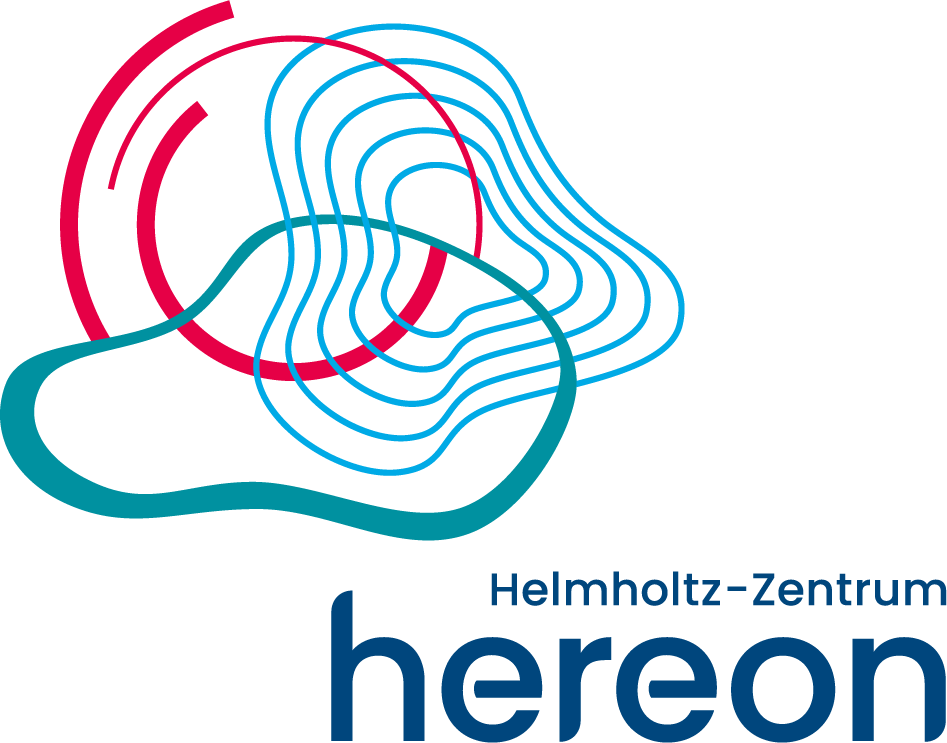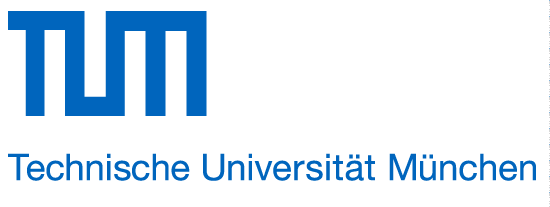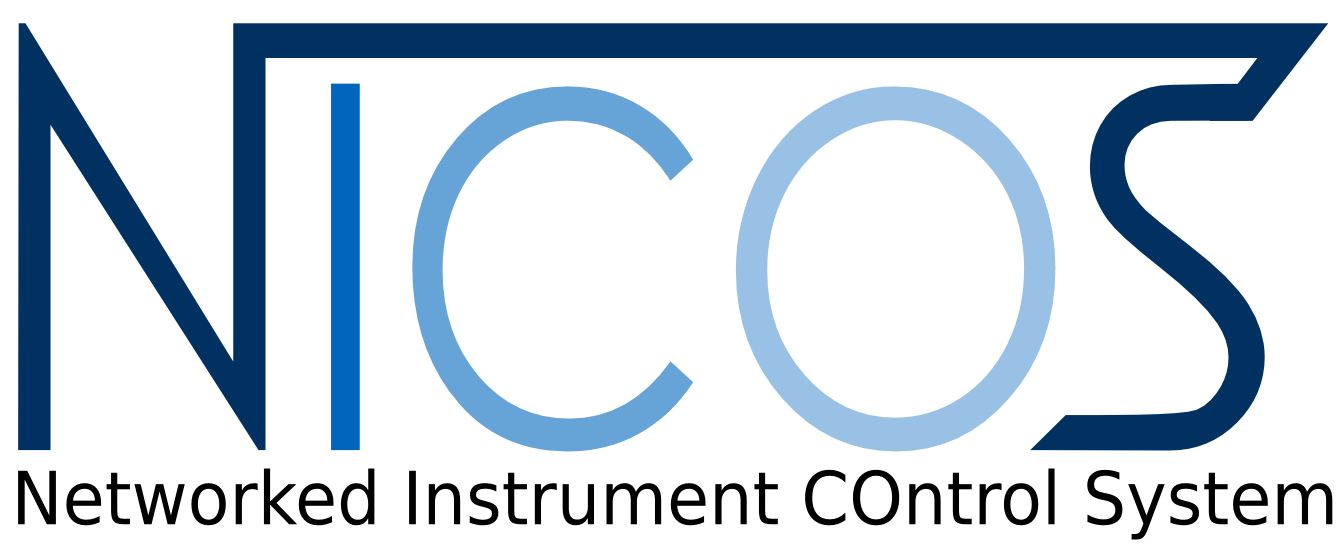MLZ is a cooperation between:
 > Technische Universität München
> Technische Universität München > Helmholtz-Zentrum Hereon
> Helmholtz-Zentrum Hereon
 > Forschungszentrum Jülich
> Forschungszentrum Jülich
MLZ is a member of:
 > LENS
> LENS > ERF-AISBL
> ERF-AISBL
MLZ on social media:

MLZ (eng)
Lichtenbergstr.1
85748 Garching
MIRA
Three axes spectrometer (with optional focussing guides and polarisation analysis)
This instrument is focussed on cold neutrons. All parameters given here are valid during the current operation of FRM II. Please get in touch with the instrument team well in advance for all further details (length of experiment etc.).
MIRA is a thermal three axes spectrometer with wavelengths 2.5 Å < λ < 4 Å (1.55 Å-1 < k < 2.5 Å-1). Energy transfers from -4 meV < ∆E < 9 meV can be reached. The instrument’s setup is modular and allows for various different cold neutron experiments such as diffraction, spec-troscopy or reflectometry.
A variety of different setup options can be combined allowing for a fast and flexible realization of neutron experiments using the options available:- Three axes setup in extreme environments (temperature, magnetic field and high pres-sure)
- Diffraction (using the elastic mode of instrument) with very low background
- Reflectometry
- 3D-Polarimetry
Polarised neutrons are optional for all experimental setups at MIRA. Using the finger detector, the instrument has a very low background of less than 0.1 cps. MIRA can reach a q-range up to 2.5 Å-1 with a q-resolution of 0.05 Å-1.
Horizontal B-fields up to 2.2 T and vertical B-fields up to 12 T are available. Temperatures from 50 mK to 1500 K can be applied using the standard sample environment at MLZ.
- Dynamics of magentic excitations
- Determination of structures and dynamics in extreme environments, like low tempera-ture, high magnetic field and high pressure
- Laminar diffraction for instance in lipid physics
- Reflectometry from magnetic multilayers
- Polarisation analysis
- Neutron guide: NL6
- Dimensions: 60 × 120 mm2 (width x height)
- Coating: sides m = 2.0, top/bottom m = 2
- Horizontal focussing HOPG Δλ/λ ≈ 1 %
- 2.5 Å < λ < 4 Å
- 1 · 107 neutrons s-1 cm-2 at 3 Å
- 5 · 106 neutrons s-1 cm-2 polarised
- 2 cavities
- S-bender, transmission polariser
- 3He-Spin filter
- 20 × 20 cm2 2-D PSD with 1 × 2 mm2 resolution
- 1 inch 3He finger detector
- 20 × 20 cm2 2-D PSD, time resolution < 1 ps
- with low background < 0.1 cps
Instrument Scientists
Dr. Robert Georgii
Phone: +49 (0)89 289-14986
E-Mail: robert.georgii@frm2.tum.de
MIRA
Phone: +49 (0)89 289-14877
Operated by

Publications
Find the latest publications regarding MIRA in our publication database iMPULSE:
Citation of the instrument
Heinz Maier-Leibnitz Zentrum. (2015). MIRA:
Dual wavelength band instrument. Journal of large-scale research facilities, 1, A3. https://dx.doi.org/10.17815/jlsrf-1-21
The multi-purpose three-axis spectrometer (TAS) MIRA at FRM II
R. Georgii, T. Weber, G. Brandl, M. Skoulatos, M. Janoschek, S. Mühlbauer, C. Pfleiderer, P. Böni
NIMA 881, 11 February 2018, Pages 60-64
https://doi.org/10.1016/j.nima.2017.09.063
For citation please always include the DOI.
Instrument control

This instrument is controlled with the open source software NICOS.
Gallery



MLZ is a cooperation between:
 > Technische Universität München
> Technische Universität München > Helmholtz-Zentrum Hereon
> Helmholtz-Zentrum Hereon
 > Forschungszentrum Jülich
> Forschungszentrum Jülich
MLZ is a member of:
 > LENS
> LENS > ERF-AISBL
> ERF-AISBL
MLZ on social media:



